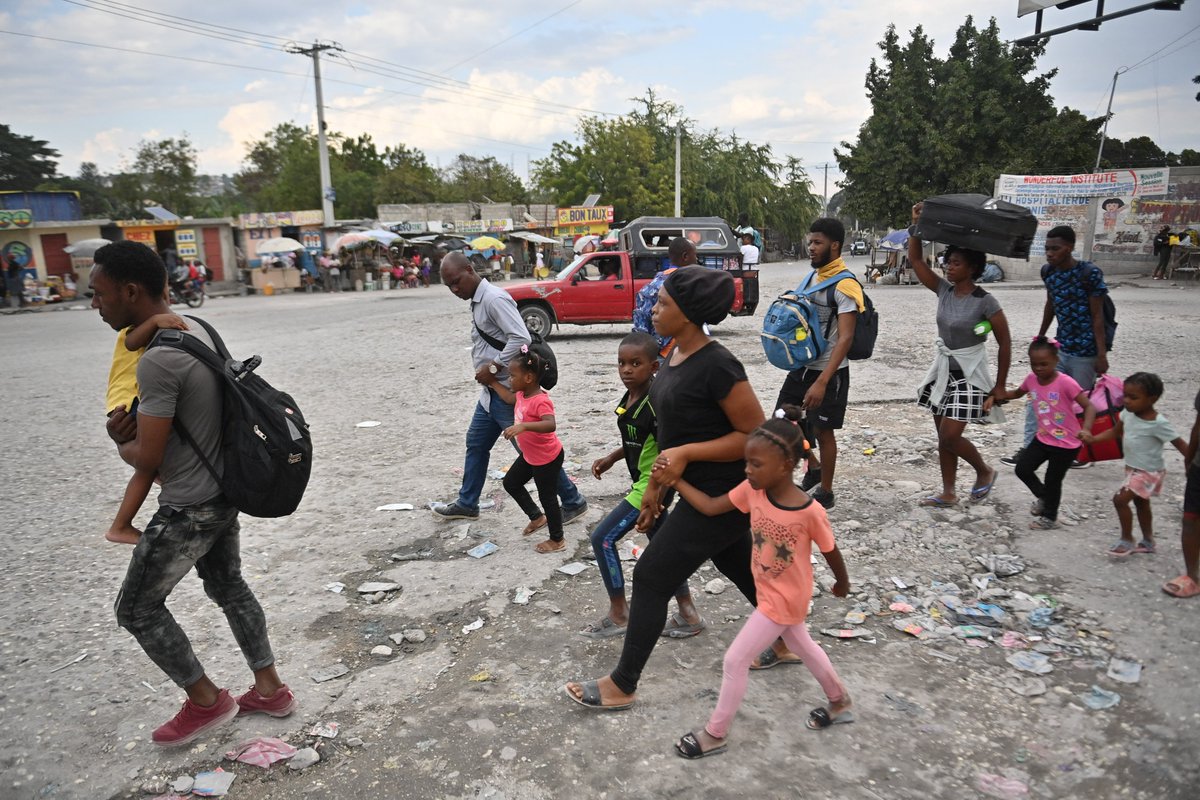

The humanitarian crisis in Haiti is a multifaceted emergency driven by several root causes, including political instability, frequent natural hazards, violence and insecurity, economic hardships and a lack of international engagement. Aid organizations face very complicated challenges in response.
Key facts:
- As of mid-2024, experts estimate that approximately 200 armed gangs are active in Haiti, with some suggesting there are up to 300 criminal groups.
- Over 700,000 people have been internally displaced in 2024 due to escalating violence.
- At least 350,000 children have been displaced and had their education disrupted as a result.
- Nearly one in two Haitians struggle with food insecurity.
- According to the UN, 2024 has seen a staggering 1000% surge in sexual violence toward children.
- Children under 18 comprise about one-third to one-half of all gang members.
- Haiti’s location in the Caribbean makes it vulnerable to natural hazards— disasters have further exacerbated civil unrest, forced displacement, hunger and economic loss.
- In March 2024, Cadre de Liaison Inter-Organization, an alliance of 80 national and international nongovernmental organizations in Haiti, called upon international responses to strengthen coordination and localization.
(Photo: In Haiti, 5.5 million people require humanitarian aid, the crisis has worsened significantly in recent weeks, March 2024. Photo credit: US Department of State via X)
Latest Updates
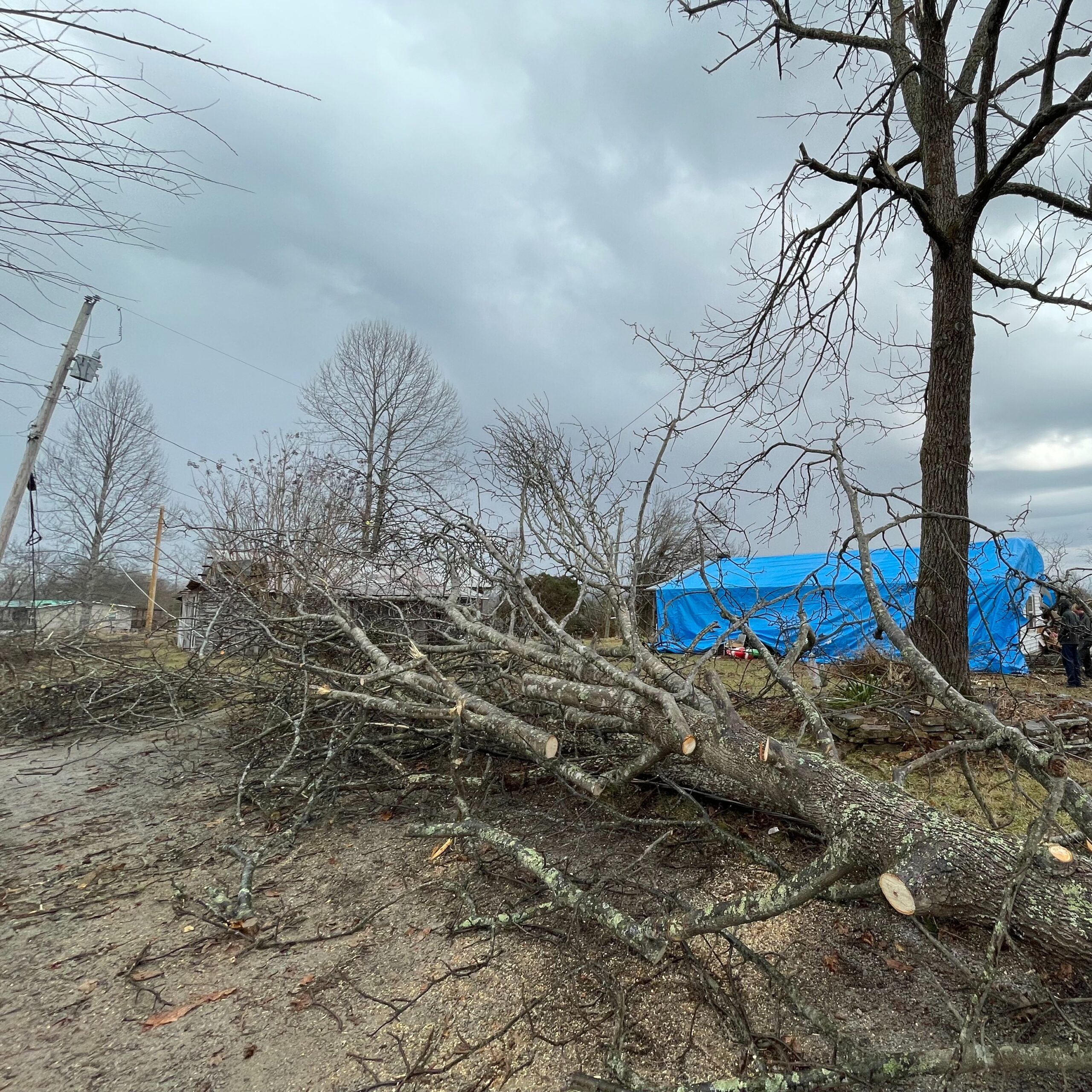
What we’re watching: Weekly disaster update, February 10
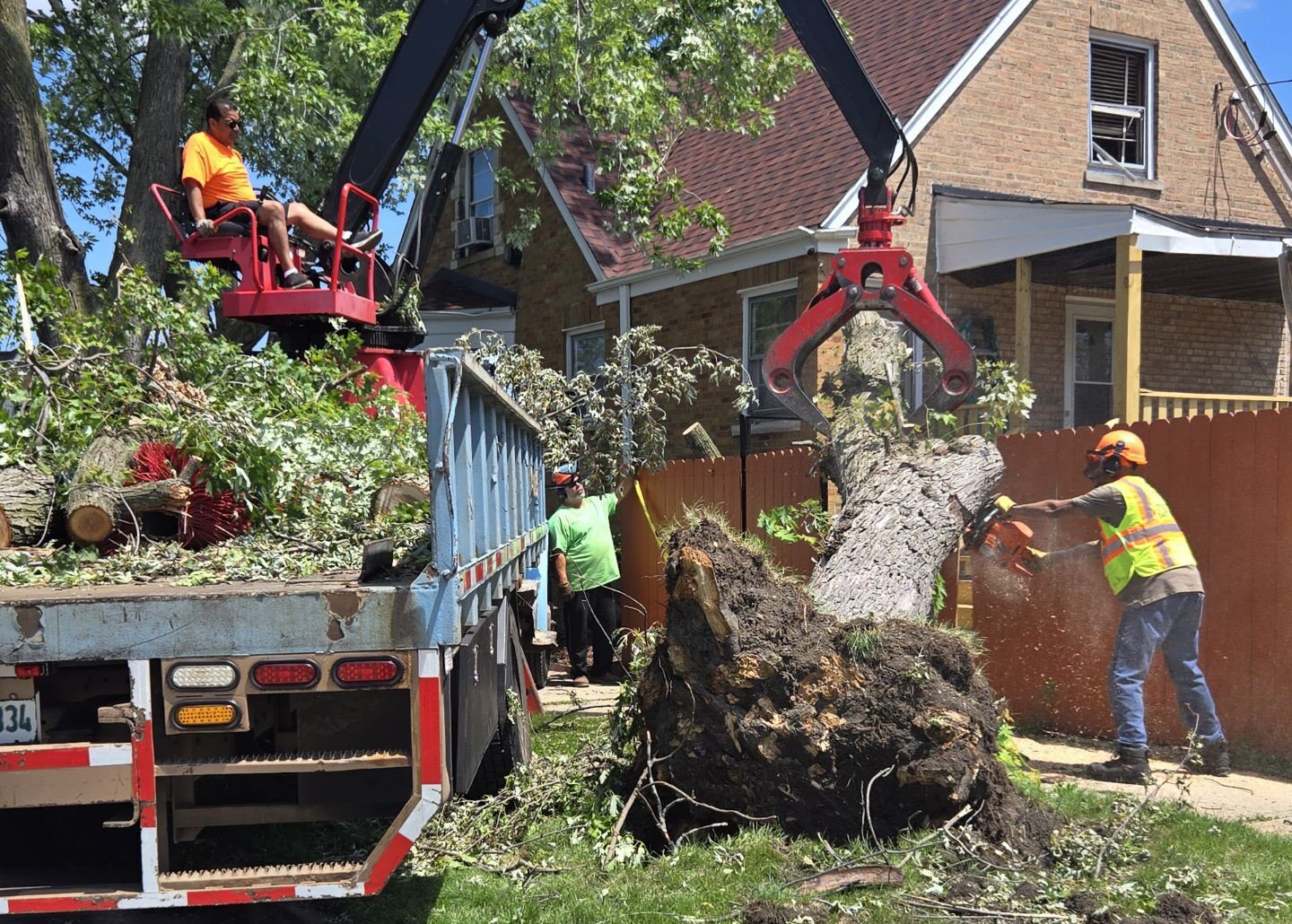
What we’re watching: Weekly disaster update, July 22
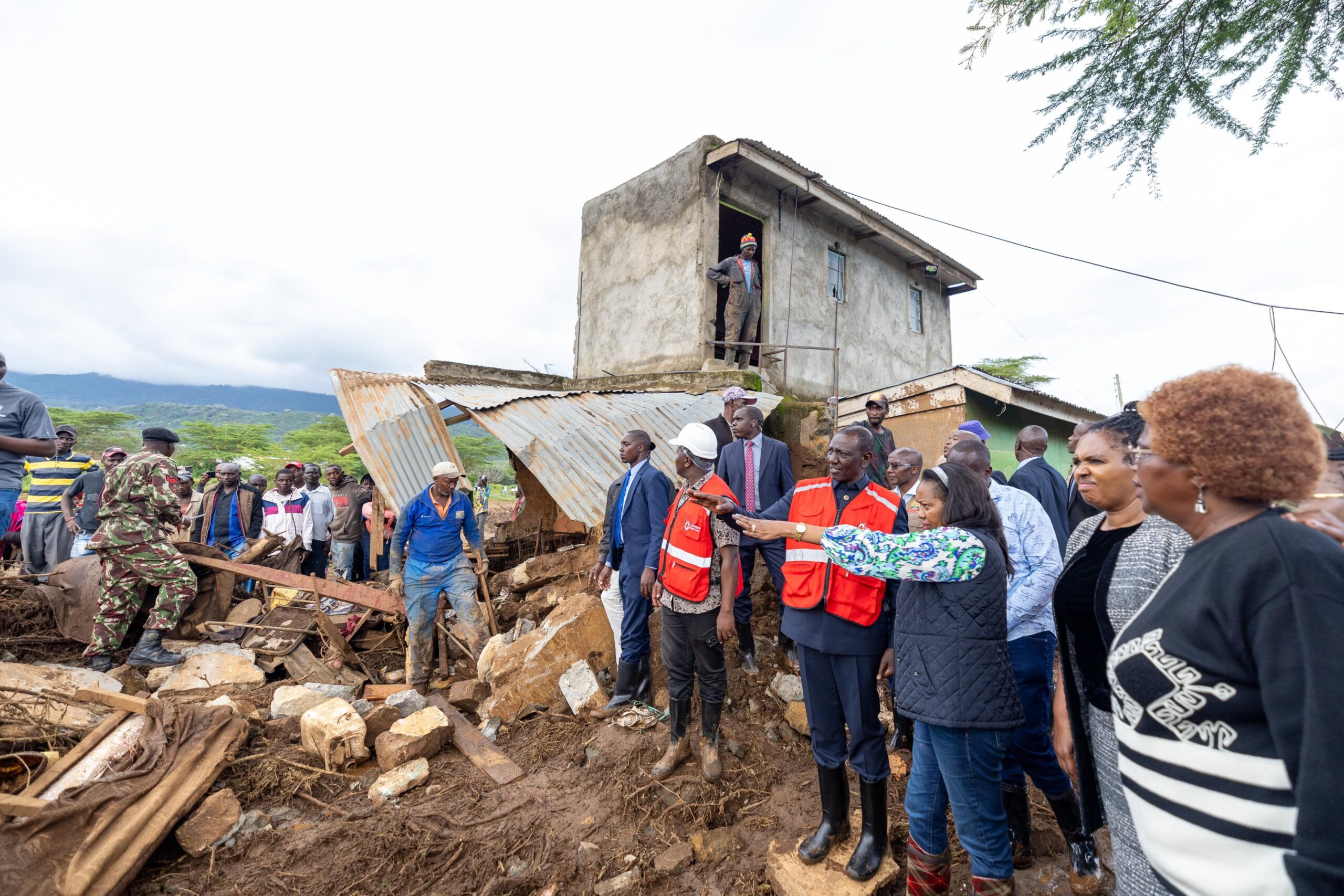
What we’re watching: Weekly disaster update, May 6
Gang violence, police and politics
The power vacuum created by President Jovenel Moïse’s assassination on July 7, 2021, allowed armed gangs to expand their territorial control. As the gangs grew stronger, they made demands on the government, weakening its power. Although the government is still loosely in charge, the gangs are powerful enough to block any proposed solution to the instability. They have also prevented elections of new leaders.
Gang violence is the main driver of the current crisis in Haiti. Without a strong, well-funded police force, armed groups now control 85% of Port-au-Prince and have begun terrorizing the communities outside of it. At least 2.7 million people live in communities under gang control; almost 60% of them are women and girls. A lack of police coupled with gang violence and political entanglement with armed groups has transformed Haiti into one of the deadliest countries in the world.
Haiti has faced years of unstable governmental leadership, with four prime ministers leading the country in 2024 alone. The latest PM, Alix Didier Fils-Aimé, was appointed on Nov. 10, 2024. Between then and Nov. 19, 2024, an additional 20,000 people fled the capital, Port-au-Prince.
The alliances between gangs and the political and business elite in Haiti have turned the country into a major transit hub for illicit drugs entering the U.S., effectively transforming it into a narco-state.
Natural hazards
Haiti is highly vulnerable to disasters, with over 96% of the population exposed to at least two natural hazards, such as hurricanes, flooding and earthquakes.
Haiti is located in the path of Atlantic hurricanes. This, combined with the steep topography of its western region, from which all major river systems flow to the coast, makes the country particularly vulnerable to hydrometeorological disasters.
While large-scale, catastrophic disasters, including the 2010 earthquake, Hurricane Matthew in 2016 and the 2021 earthquake, garner significant attention and some resources for recovery, lower-impact disasters often go unnoticed in the media while eroding development gains, putting lives at risk, and testing household and community resilience.
Donors can significantly alleviate the humanitarian crisis in Haiti by focusing on key sectoral needs and providing flexible, context-aware support. Major areas requiring investment include food security, displacement, protection, health care, WASH, education and economic recovery.
Internal displacement
Two-thirds of the people displaced are women and children. Most internally displaced people (IDPs) are leaving Port-au-Prince to seek safety in the outer provinces, but gangs have started infiltrating these areas as well.
Many IDPs live in overcrowded conditions without basic hygiene and sanitation and need water, sanitation and hygiene (WASH) facilities upgraded. They face severe shortages of food, water, shelter and medical care, including a lack of safe and private spaces for psychological support.
These conditions heighten disease and violence risks, particularly gender-based violence. Additionally, the growing number of displaced unaccompanied children makes them particularly vulnerable to exploitation, abuse and trafficking by gangs.
Food security and hunger
Gangs have disrupted the country’s food production and blocked its transport on major roads, which has sharply inflated the price of food. Nearly 277,000 children face acute malnutrition, with 125,000 suffering severe acute malnutrition. Hunger is the main driver for children who join gangs.
In Port-au-Prince, at least 6,000 IDPs are facing catastrophic levels of food insecurity marked by looming starvation and death (IPC Phase 5).
As of September 2024, two million Haitians face emergency levels of hunger (IPC Phase 4).
However, as of Nov. 14, 2024, critical humanitarian aid from the U.S. to Haiti has been suspended for at least 30 days after gangs shot at three commercial planes from the U.S. as they landed in Port-au-Prince in an effort to block travel in and out of the country.
Women
Rape and sexual violence have long been tools for control by armed groups in Haiti against women, but their use has escalated in severity and frequency since 2021. Support facilities are overwhelmed by survivors and are chronically underfunded to meet their needs. As of July 2024, the number of people needing gender-based violence services has risen to 841,000.
Gang control over national roads, along with confrontations, extortion, kidnappings and sexual violence, have severely restricted access to economic opportunities and health services, which disproportionately affects women. Only 20% of facilities in the capital are still operating, so many women do not have access to maternal and reproductive health care.
Children
According to the UN, as of November 2024, “Children in Haiti have been facing increasing violations of their rights in recent months, as the country is witnessing unprecedented levels of brutality and lawlessness at the hands of armed elements.”
Children in Haiti face displacement, kidnapping, cholera, poverty and disasters. Armed gangs often recruit boys as child soldiers, while girls face sexual abuse. It is estimated that at least 2 in 3 Haitian children (3 million) need humanitarian aid.
Other vulnerable groups
The United Nations estimates that about 10% of the Haitian population has a disability, a dramatic increase since the last census in 2003, with most new disabilities coming as a result of the 2010 earthquake. Haitians with disabilities are extremely vulnerable, have very high illiteracy rates and are poorly integrated into the worlds of work and school. They also suffer a severe lack of technical aid.
While the overall literacy rate in Haiti is 62%, less than 30% of disabled people can read and write. Women with disabilities have a literacy rate of less than 23%. Certain groups are excluded from education, with less than 14% of women who are Deaf or Hard of Hearing learning how to read and write.
According to the Disability Rights Fund, “Reports from the ground [in March 2024] indicate that persons with disabilities, particularly those in Port-au-Prince, are struggling to access basic needs, such as food, water, and medicines, with many already experiencing displacement.”
Older adults in Haiti do not receive social safety nets such as pensions, and there is a dire shortage of homes for them. Because of this, thousands of older adults are forced to work until the end of their lives without the option of retirement. They face poverty and a lack of health care.
Lazare Jean François is the coordinator at the Foundation Rose Ferrier, an organization that helps older people in Port-au-Prince. He explains, “Most older adults are economically defenseless and exposed to disease, and with the worsening socioeconomic situation, they do not even have the means to eat a meal a day.”
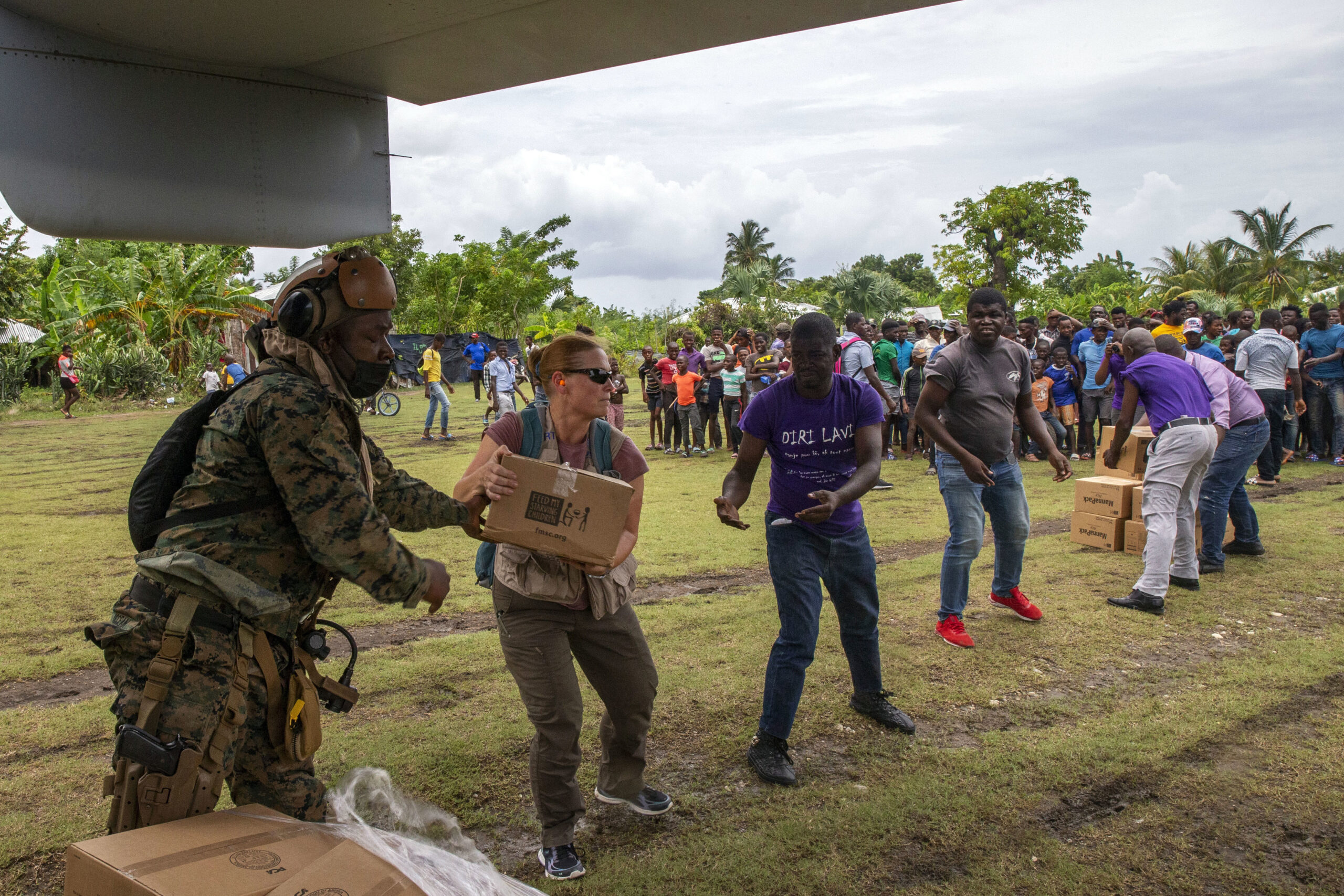
The Center for Disaster Philanthropy has a Global Recovery Fund that provides donors with an efficient, flexible solution to support recovery efforts for people affected by sudden and slow-onset disasters or protracted humanitarian emergencies worldwide. Select “Haiti Humanitarian Crisis" from the dropdown menu.
Contact CDP
Philanthropic contributions
If you would like to make a donation to the CDP Global Recovery Fund, need help with your disaster-giving strategy or want to share how you’re responding to this disaster, please contact development.
(Photo: United States Marines deliver cases of food in support of Joint Task Force-Haiti for a humanitarian assistance and disaster relief mission near Port-au-Prince, Haiti, Aug. 27, 2021. U.S. Marine Corps photo by Lance Cpl. Caleb Stelter)
Recovery updates
If you are a responding NGO, please send updates on how you are working in this crisis to Tanya Gulliver-Garcia.
We welcome the republication of our content. Please credit the Center for Disaster Philanthropy.
Resources
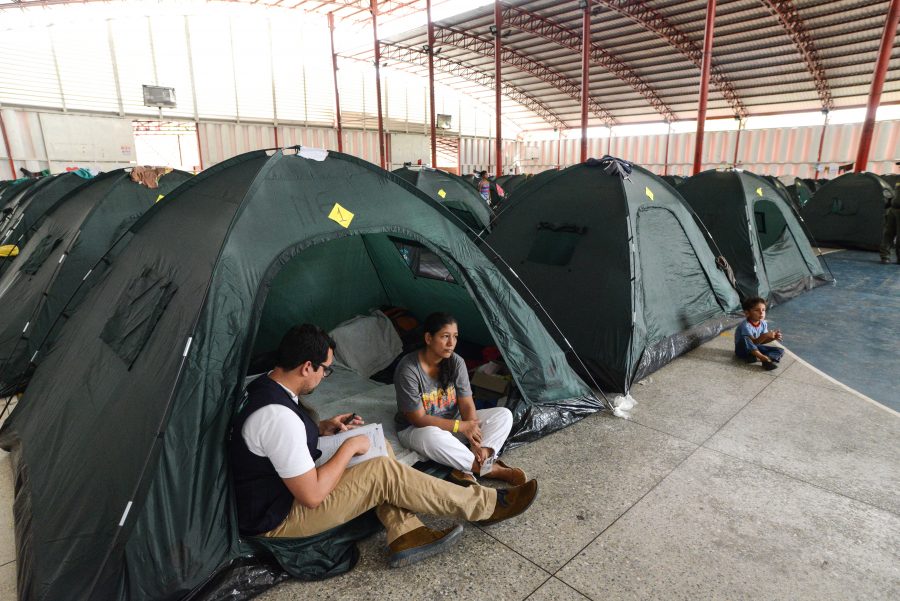
Complex Humanitarian Emergencies
CHEs involve an acute emergency layered over ongoing instability. Multiple scenarios can cause CHEs, like the civil wars in Syria and Yemen, the man-made political crisis in Venezuela, or the conflict in Ukraine.
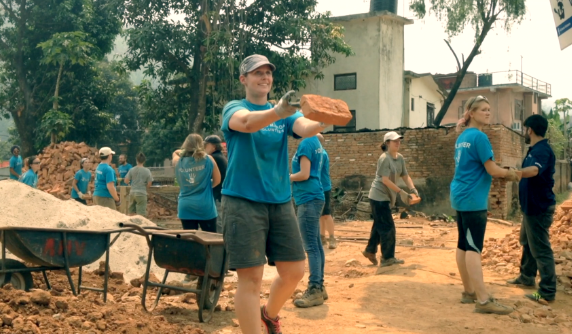
Resilience
The Latin root of “resilience” means to bounce back, but every field has its own definition and most individuals within each discipline will define it differently. Learn more.
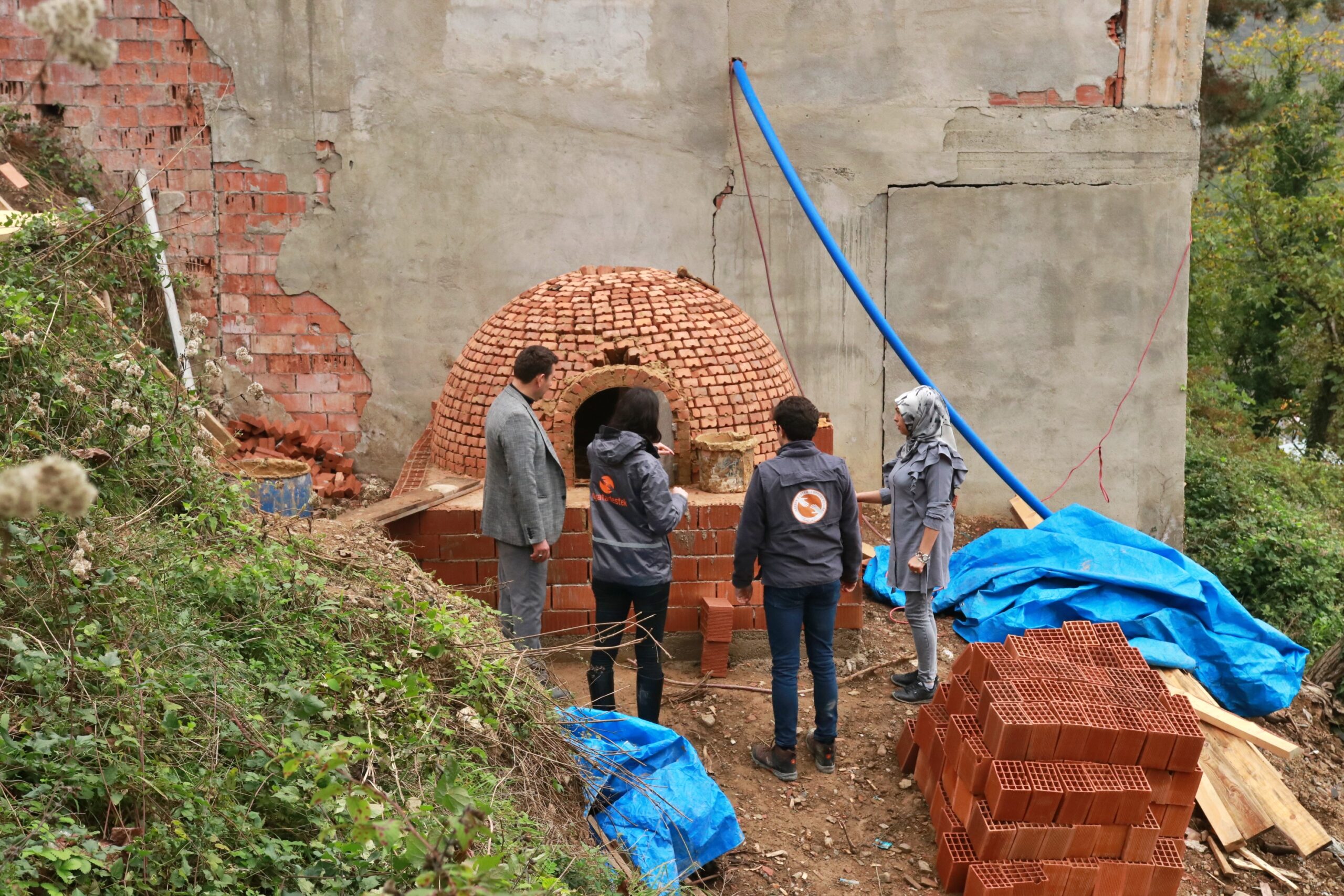
Localization
It is commonly acknowledged that all disasters start and end locally. Though there is no single definition, localization is a process of recognizing, respecting and strengthening the leadership by local authorities and the capacity of local civil society in humanitarian action to better address the needs of affected populations and to prepare for future humanitarian responses.